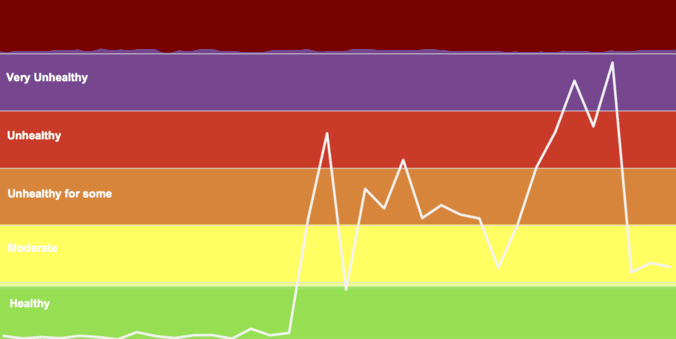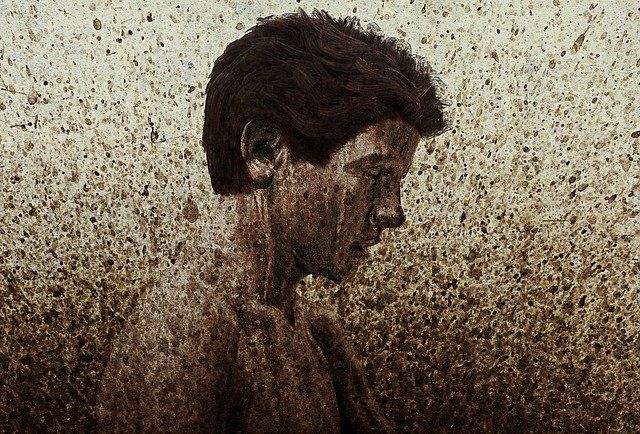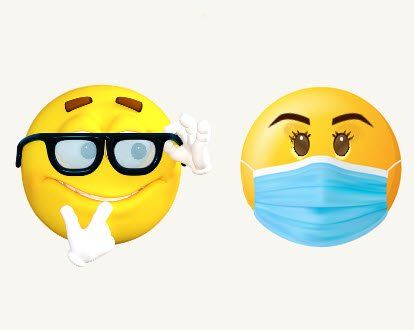


Considering how long humans have relied on domesticated animals for their day-to-day survival, it's no surprise that
scientists are now promoting the employment of goats to mitigate wildfire risk. According to the
San Francisco Chronicle, these barnyard omnivores played a heroic role in clearing the grass and underbrush from Southern California's Reagan Library, creating a "fire moat" around the building that protected it from fire-igniting sparks.
Whether or not you have access to a herd of goats, their apparent effectiveness at stopping a spreading fire in its tracks speaks to one of the principles of wildfire mitigation: minimize the amount of flammable matter around your home. Fire is a chemical reaction! It doesn't appear by magic. The same way the electrical socket six inches from your feet doesn't become dangerous unless you stick a fork in it, wildfire isn't going to spontaneously teleport from the park across the street and onto your roof. Removing highly flammable (and often unsightly) kindling creates what's called "defensible space" around your dwelling that puts a damper on flying sparks more effectively than a chaperone at a high school prom.
According to
readyforwildfire.org, defensible space is essential to improve your home’s chance of surviving a wildfire. It's defined as the buffer you create between a building on your property and the grass, trees, shrubs, or any wildland area that surrounds it. This buffer is needed to slow or stop the spread of wildfire and it protects your home from catching fire—either from direct flame contact or radiant heat. In addition to reducing
the airborne particulates that can cause lung damage, defensible space is also important for the protection of the firefighters defending your home.
To maintain the recommended amount of defensible space, follow these steps to keep your yard clear of flammable kindling.
Long story short, even if you don't have access to goats, clearing the space between your home and wildfire fuel is a wise move. Track changes to your air quality, and make sure you have an updated wildfire response plan. If you do have barnyard animals, or any pets, remember to have a plan for them, as well.
After clearing your yard of flammable debris, take these steps to
keep the inside of your home safe from wildfires .
In April, the CDC's NIOSH division recognized ASTM F3502, the the first and only national standard for barrier face coverings. Learn about the filtration and breathability requirements for reusable F3502 masks.






© 2021 Puraka Clean Air Technologies, LLC.